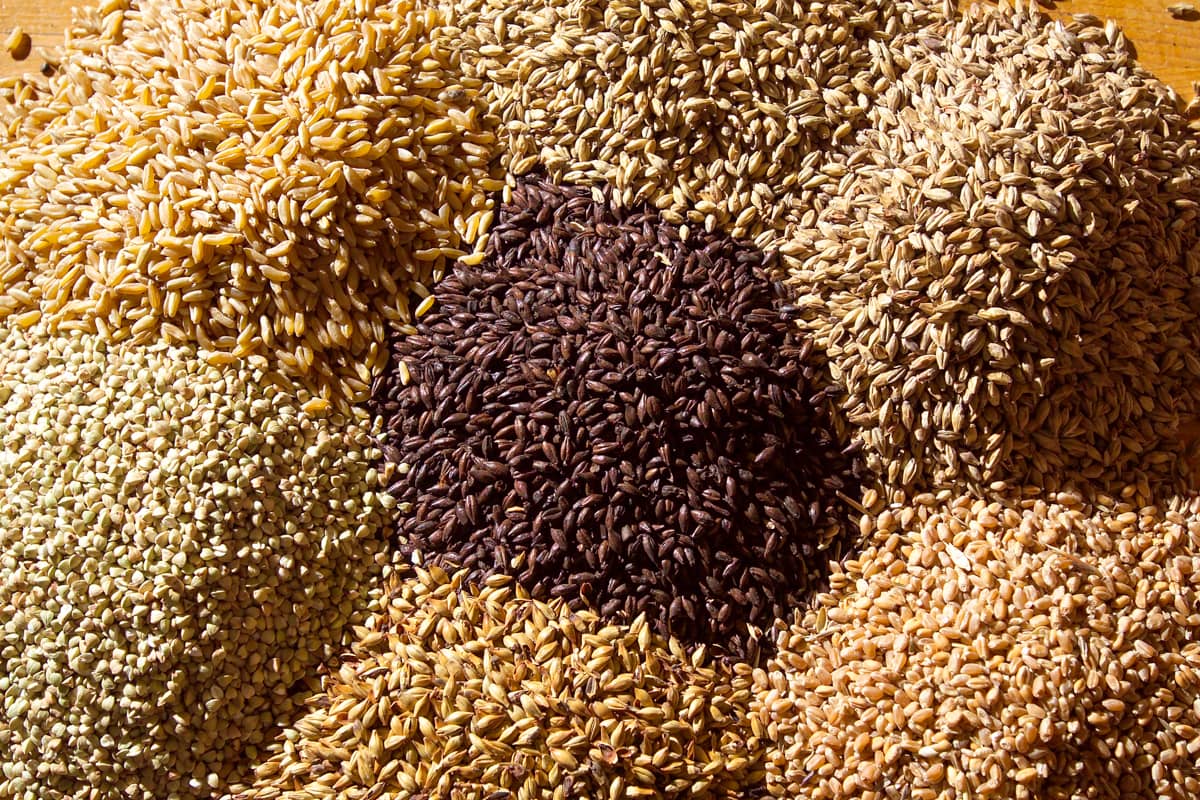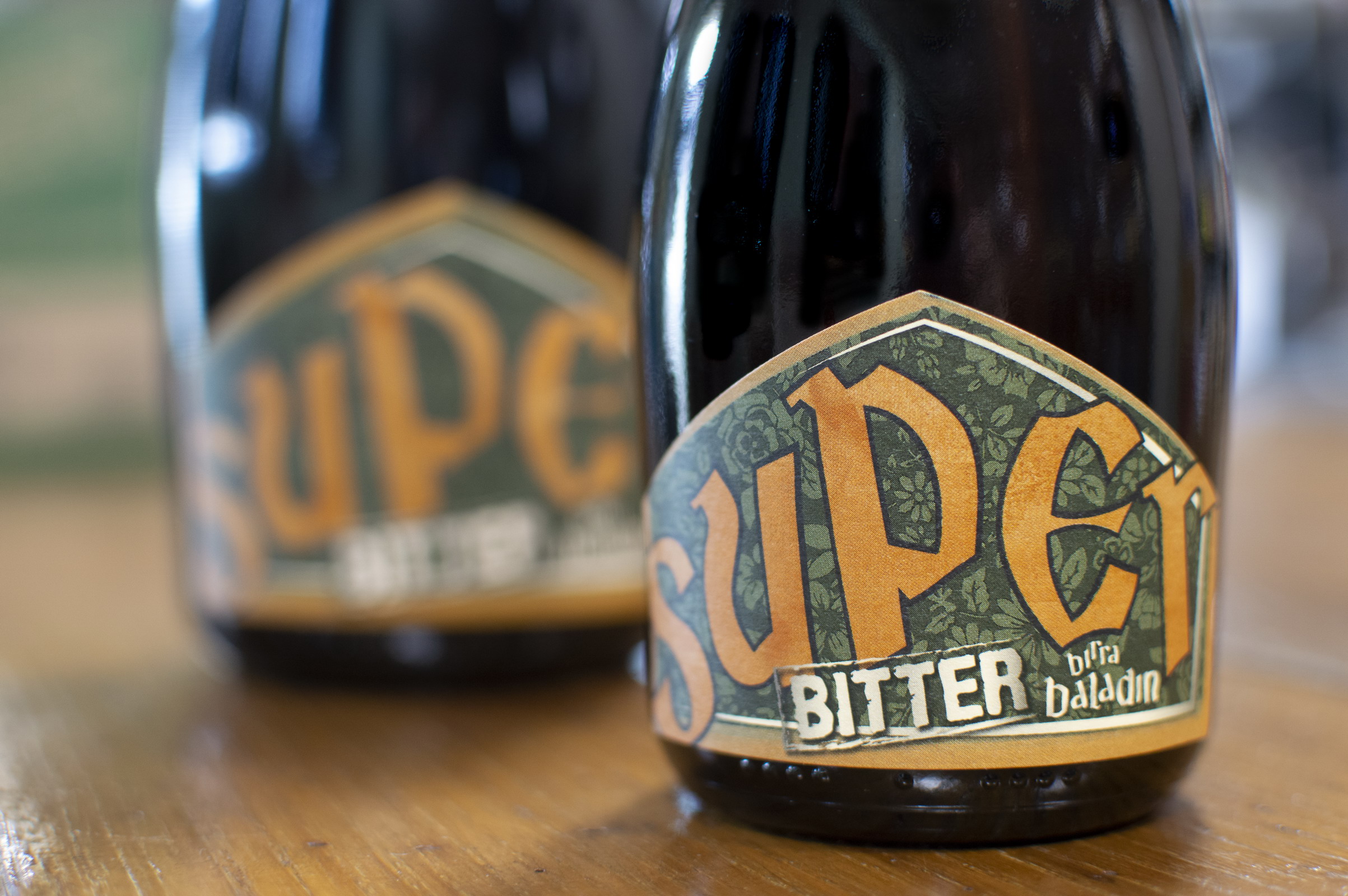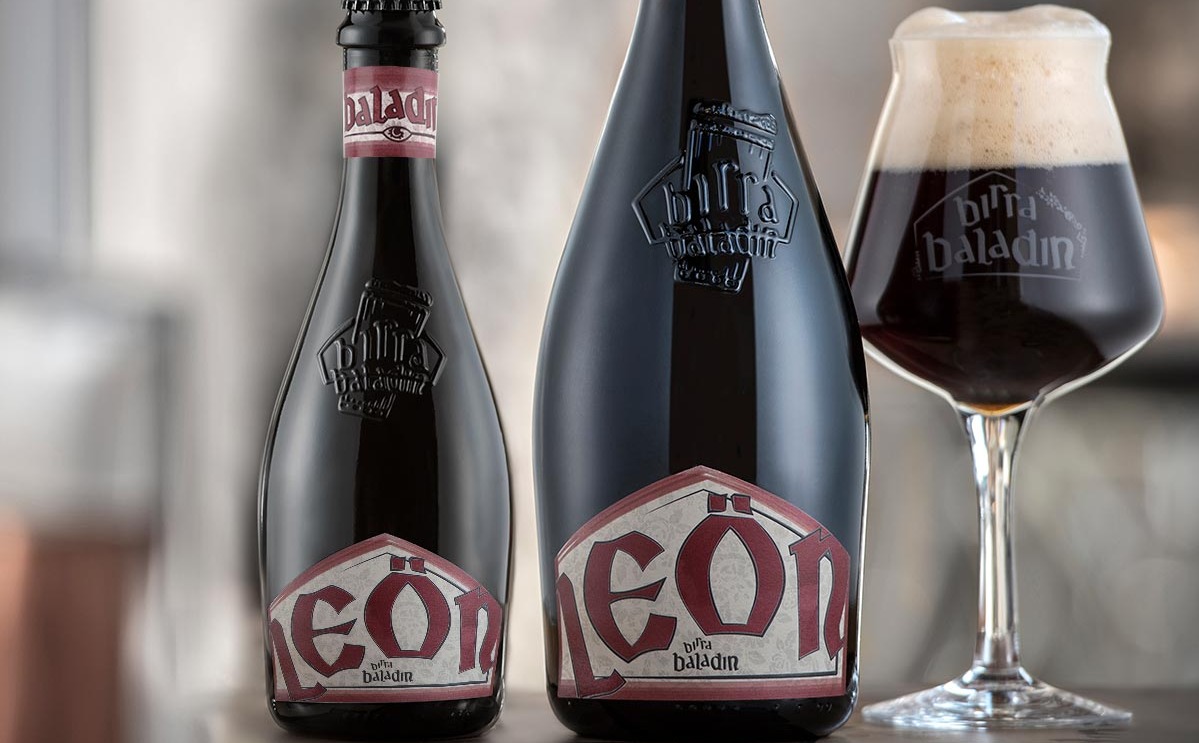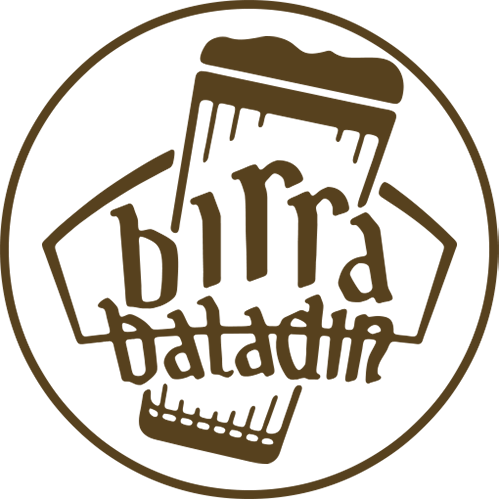Different types of malt in craft beer production

Malt is one of the basic ingredients of beer. After water, it is also the one used in the largest quantity. And yet, few know exactly what it is, often with misunderstandings and blaring mistakes. In brief, the word malt indicates any grain that has undergone a malting process. When we talk about beer, we make reference to barley malt, bur wheat, rye, oat malts also exist.
Simply put, the malting process induces some chemical transformations in the grains and thus makes the cereal ready to be effectively used in the brewing process. It is believed that archaic forms of malting already existed when beer was originally invented. It would therefore seem that we have always used modified cereals to make beer.
Malting
In the first step of malting, the grains are immersed in water until they absorb half its weight or until radicles appear. Then, the grains are moved to the germination rooms at controlled temperatures, where they are regularly turned. The last step is drying: the grains are placed into a kiln where the moisture is removed.
In brief, malting is a controlled germination of the grains, with the interruption of this natural process and the chemical transformations that happen in the grains. In particular, malting helps the release of specific enzymes and, as a consequence, reduces the complexity of starch, breaking it down into simpler sugars which will later be metabolized by the yeasts, during the beer brewing process.
Depending on the drying temperature, the techniques used at this stage and other aspects, different malts with different characteristics are obtained. A beer can be made with one single type of malt but, in general, brewers prepare a mix with different percentages of different malts, based on the desired result.
Malt, of course, contributes to the organoleptic characteristics of beer, and different malts have different effects on the aromatic profile. In general, we can distinguish between basic malts and special malts.
Basic malts
Basic malts create the basis of the grist, i.e. the fermentable part of beer. They have a high diastatic power, which means they ensure that the starch is broken down effectively. For this reason, they can be the only malts used in a beer recipe. Basic malts include the following types:
- Pilsner – the palest malt of all, largely used in many styles. The drying temperature starts at 35 °C and gradually rises to 70-85 °C with variable stops. It has a delicate taste of cereal and acacia honey.
- Pale – The drying temperatures are higher than Pilsner malt, and give notes of bread crust and, in some cases, biscuity nuances (as is the case for the renowned English Maris Otter).
- Vienna – A malt type developed in the 19th century by Anton Dreher, it is dried at relatively high temperatures, yet it maintains a high diastatic power. The taste is reminiscent of caramel, with some roasted notes.
- Munich – It has a more distinctive caramel taste than the Vienna malt, with notes of bread crust and cookies, but no roasted aromas. It is used on its own or to enrich the taste of beers made with simpler basic malts.
- Smoked – This is a smoked version of Pilsner malt; the smokiness is obtained with oak (or other) wood during the drying process, or by adding some smoky notes at the end of malting.
Special malts
In addition to basic malts, brewers very often add special malts to the fermentable basis. They give peculiar organoleptic characters to the beer, or are used to make some specific styles. We can identify some large families of special malts:
- Caramelized malts – They are made without drying the grains after germination and are exposed to high temperatures after the conversion of starch into sugars. The main types in this category are Carapils, Caravienna, Caramonaco, Crystal and Special B malts.
- Non-caramelized malts – They do not undergo a caramelization process and preserve some starch that can be converted into sugar. Some of the main non-caramelized, special malts are Aromatic, Melanoidin and Brown malts.
- Roasted malts – They are exposed to very high temperatures, up to 250°C. They are normally used in very small percentages, which are enough to determine the color and taste of a beer. The main types are Chocolate, Black, Roasted and Dehusked malts





